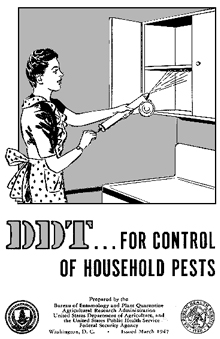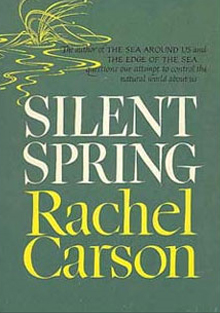Hormonal disruptors
The term Hormonal (or Endocrine) Disruptor defines any substance that, once incorporated by the organism, has the capacity to affect its hormonal balance. Among them, we can find the persistent and bioaccumulative substances that include some pesticides, industrial chemical substances, synthetic products and heavy metals. The endocrine disruptors affect the performance of the hormonal system by supplanting the natural hormones, blocking them or increasing or diminishing their levels.
The effects of the endocrine disruptors can be different on the embryo, the foetus or the adult; they are most frequently occurred in the descendants that in the exposed ancestor; the moment of the exposure in the developing organism is decisive to determine the character, the gravity and the evolution of the pathology; and although the critical exposure takes place during the embryonic development, the manifestations can not be evident until the maturity of the individual.
Amongst the chemical substances with disruptor effects on the endocrine system we can find: dioxins and furans; numerous pesticides like endosulfan (widely used in Spanish agriculture, despite their use being forbidden in many countries) or DDT; PCB; HCB; phtalates, used in the manufacture of PVC; alkylphenols, present antioxidants in the modified polystyrene and the PVC and in many products derived from detergents; and bisphenol-A, commonly used in the agro-alimentary industry of Spain.
Silent Spring by Raquel Carson (sixties) was the first book that alarmed on the effects of these compounds.
These compounds created alarm in the sixties, after the publication of the Raquel Carson’ book “Silent Spring”. She noticed the disappearance of several families of birds due to the action of the DDT and the possible importance that this fact could have in humans. “Our robbed future: do the synthetic chemical substances threaten our fertility, intelligence and survival?”, written by Theo Colborn, Dianne Dumanoski and Pete Myers, gathered, for the first time, the alarming evidences obtained in field studies, experiments of laboratory and human statistics, to present in scientific, but accessible terms, the case of this new danger. It started where “Silent Spring” finished, revealing the first causes of the symptoms that had so alarmed Carson. Based on decades of investigation, the authors presented/displayed an impressive report that followed to their origin the track of congenital defects, sexual anomalies and failures of reproduction in wild populations: chemical substances that supplanted natural hormones, affecting the normal processes of reproduction and development.



